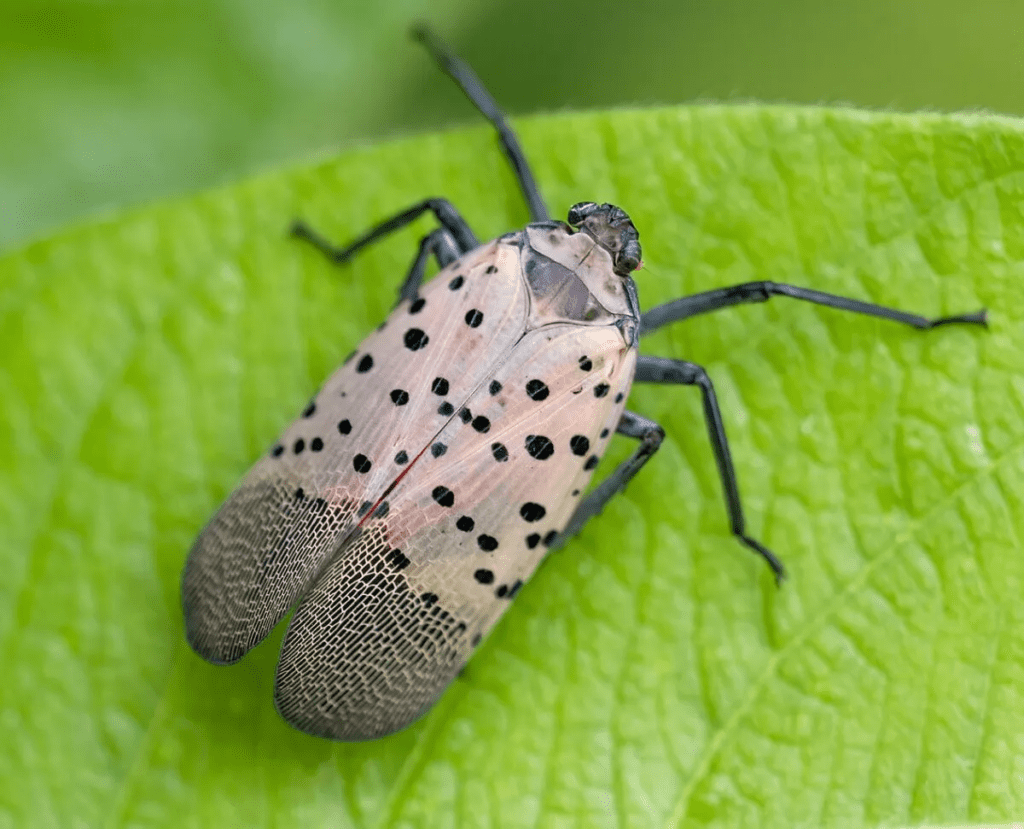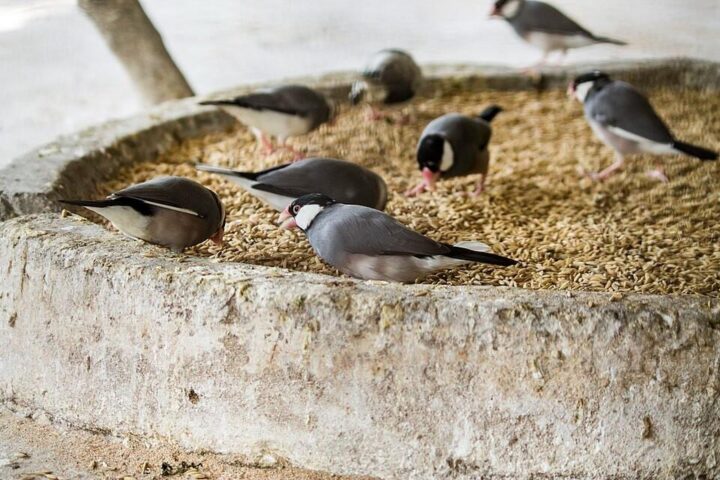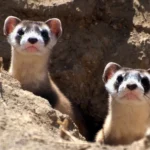Last year, researchers discovered the Santa Cruz kangaroo rat in Sierra Azul Preserve, a species that had not been documented in Santa Clara County since 1947, and this year, a team of UC Santa Cruz researchers and Midpen wildlife biologists successfully located several individuals of this elusive rodent. In 2019, wildlife photographer and researcher Ken Hickman’s cameras in the Sierra Azul Open Space Preserve captured captivating images of the Santa Cruz kangaroo rat, a tiny creature with distinctive features including black eyes, large hind legs, and a long tail.The scientific community was thrilled by the discovery, recognizing the opportunity it presented for research and conservation efforts. The rediscovery of Santa Cruz kangaroo rat raises many questions about its ecological importance, the challenges it faces, and the ongoing efforts to protect its habitat.

The Santa Cruz Kangaroo Rat: A Critically Imperiled Species
California Department of Fish and Wildlife has The Santa Cruz kangaroo rat classified as a critically imperiled subspecies. They are closely related to chipmunks and gophers. Previously believed to exist solely in Henry Cowell Redwoods State Park, researchers have now discovered a population in the Sierra Azul Open Space Preserve through genetic testing and body measurements. These rodents are adaptative, enabling them to survive in arid environments without the need for water.
A Keystone Species with Far-Reaching Impact
The Santa Cruz kangaroo rat, like other keystone species, plays a vital role in its ecosystem. By caching seeds in underground burrows, the kangaroo rats contribute to the propagation of shrubs and bushes, such as Manzanita, which are crucial for the health of the chaparral and open space preserve. Moreover, the buried seeds are protected during wildfires, allowing them to germinate in nutrient-rich soil after the fire has passed. The presence of kangaroo rats enhances the habitat not only for themselves but also for other wildlife species that rely on these plants for food and shelter.
Similar Post
Perilous Future and Changing Habitat
The open space where the Santa Cruz kangaroo rat persists is under threat, primarily due to the reduction of suitable habitat caused by fire suppression efforts. For a long time, fires were considered detrimental, but the understanding of their role in maintaining ecosystem balance is evolving. Wildfires help thin larger trees, promote the growth of smaller plants, and create diverse habitats. However, with the suppression of wildfires, forests of knobcone pines have encroached upon the Sierra Azul preserve, transforming the landscape into more of a woodland than an open chaparral community.
The Role of Land Preservation and Ongoing Research
The rediscovery of the kangaroo rat emphasizes the importance of land preservation. Currently, study into the population, genetics, and habitat of the species is critical for conservation strategies. The Midpeninsula Regional Open Space District, in collaboration with researchers from UC Davis, UC Santa Cruz, and CalPoly San Luis Obispo, is conducting genetic research and population monitoring. Trapping and studying the kangaroo rats provide valuable data for assessing genetic diversity and determining the need for listing the species under the California Endangered Species Act.
Future Plans and Conservation Efforts
The Santa Cruz kangaroo rat is part of a comprehensive habitat assessment program, aiming to identify the areas where the species thrives. The findings will inform the development of an SCKR Habitat and Population Monitoring Plan, crucial for protecting and enhancing the population. The current population estimate in Sierra Azul is about 10 individuals, highlighting the need for concerted efforts to conserve and expand their habitat. The management plan will involve strategies to open up habitats, promote connectivity between populations, and ensure the survival of this fragile species.
The rediscovery of the Santa Cruz kangaroo rat in the Sierra Azul Open Space Preserve has sparked excitement and initiated vital research and conservation initiatives. As a keystone species, the kangaroo rat has far-reaching ecological impacts, influencing the health and diversity of its habitat. However, the shrinking open space and changing landscape pose significant challenges.

















